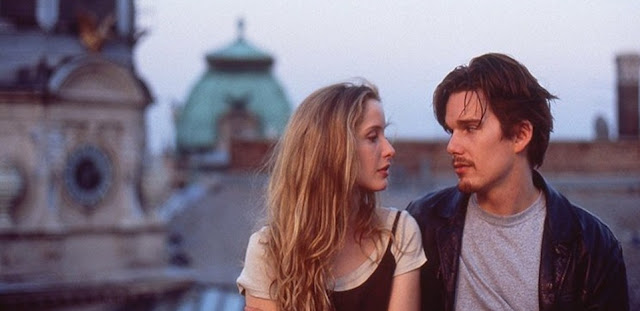Laputa- Castle in the sky
‘Laputa, Castle in the Sky’ is an
animated film made in Japan in 1986 by director Hayao Miyazaki. The story too
is scripted by the director himself. The idea for this children’s movie is
derived from the book ‘Gulliver’s Travels’. The name Laputa was first used by
Jonathan Swift in this book to describe a fictional flying island. The
inhabitants of Laputa had vast knowledge in areas of mathematics, astrology,
astronomy, science and technology. They used the properties of magnetic
levitation to make the island float in the clouds. Here also it is no
different, except, just that the civilization no longer exists there and the
land is guarded, protected and taken care of by a robot.
What I really liked about the movie is
how it portrayed the mining culture of Japan during those times. The children’s
rendezvous in the deep abandoned mines where they meet an old uncle, chat a lot
and learn about Etherium- the magical thing that the crystal is made of, is one
of my favorite scenes. Another endearing scene is when the robot recognizes
Sheeta and protects her with all his might. And the depiction of Laputa itself
is so beautiful. It is protected by a hurricane around it. The eye of the storm
is a very peaceful place. The final song has a sense of longing for the things
that have passed, long lost in time, as is the beautiful life in Laputa.
The entire movie felt like living a
childhood fantasy, a childhood dream. The best thing about anime is that it
never even once mocks these childhood fancies, rather it brings out the child
in you that is somewhere lost under responsibilities and duties.











Comments
Post a Comment